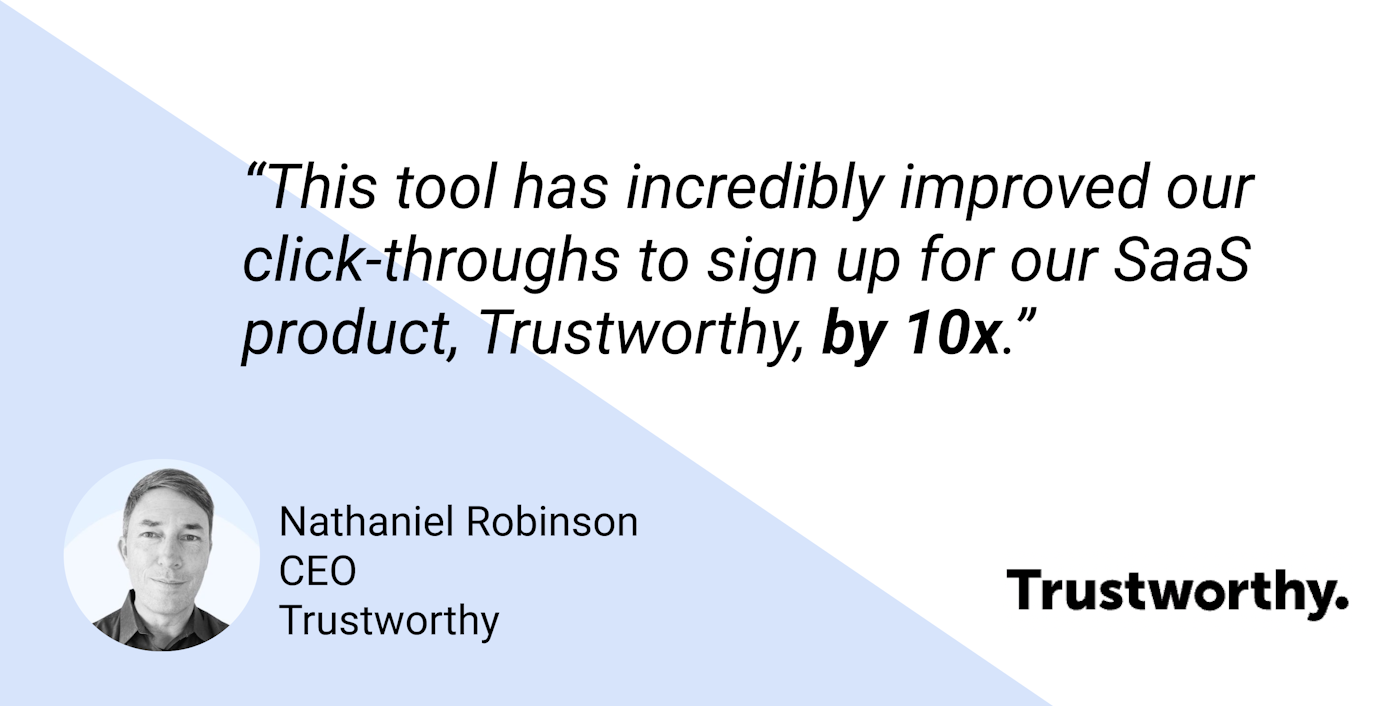How to Become a Thought Leader with Content
Struggling to establish your brand authority and expertise through content? Rest assured, you're not alone. Countless professionals wrestle with positioning themselves as thought leaders. The secret to success? Top-notch content that resonates with your audience and showcases your deep industry knowledge.
Understanding Thought Leadership
Thought leadership isn't just a trendy term. It's a potent strategy that can significantly ramp up your brand credibility and trust factor. As a thought leader, you're recognized as an authority in your field, a reliable source for insights and advice.
When executed correctly, thought leadership can yield tangible results. Studies indicate that 48% of marketers assert thought leadership content drives sales and leads. That's almost half of all marketers acknowledging the direct influence of thought leadership on business outcomes.
Mike McGloin, Founder at Food 4 Thought, champions collaboration to establish thought leadership. He believes that the optimal way to stand out is to collaborate with peers or popular voices that hold expert opinions on specific topics. This partnership approach can help you create compelling content that cuts through the clutter and resonates with your audience.
The Role of Content in Thought Leadership
Content is your medium for showcasing your expertise and establishing yourself as a thought leader. It allows you to engage your audience, provide valuable insights, and stimulate meaningful conversations around industry trends and challenges.
Sharing your expertise at industry events can be a powerful method to build your thought leadership. A LinkedIn study found that 71% of professionals consider speaking at industry events a valuable way to build thought leadership.
But there's more to content than just speaking at events. Will Leatherman, Founder at Catalyst Content, shares that behind-the-scenes content and personal narratives are becoming increasingly engaging. He advises that sharing the highs and lows of your journey can build trust and resonate with your audience.

Building a Thought Leadership Content Strategy
Creating content haphazardly isn't enough to establish yourself as a thought leader. You need a strategic approach that emphasizes authenticity, quality, and consistency.
Thought leadership should be a priority, not an add-on. In fact, 66% of marketers consider thought leadership a 'top priority' for their marketing organization.
Richard McBeath, CEO at Captain, stresses the importance of engaging with your end users. He believes that thought leadership isn't about brand promotion, but about connecting with a problem or solution and addressing it with sincere empathy.
Here are some tips to help you build an impactful thought leadership content strategy:
- Identify Your Unique Value Proposition: What unique insights and experiences can you bring to the table? Identify these and make them the cornerstone of your content.
- Know Your Audience: Understand what your audience cares about. What challenges are they facing? What questions are they asking? Your content should address these issues.
- Be Consistent: Consistency is key in building and maintaining your thought leadership. This means consistently producing high-quality content and maintaining a steady presence on your chosen platforms.
- Show, Don't Tell: Show your expertise through case studies, tangible results, and actionable advice. Avoid making baseless claims about your expertise.
Leveraging Collaboration and Partnerships
Collaboration can be a potent tool in your thought leadership arsenal. By involving other experts in your content, you can enhance your content and provide a range of perspectives that add value for your audience.
McGloin highlights the importance of consistent collaboration with others who share similar topics and ideas. This approach can significantly amplify your exposure and enrich the content you're offering.
Partnership opportunities may include guest blogging, joint webinars, or collaborative research projects. Not only does this provide your audience with a fresh perspective, but it also expands your reach and visibility.
Building thought leadership isn't a process that happens overnight. It requires strategic planning, consistent effort, and a genuine desire to share your knowledge and insights. But with the right approach, you can use content to establish yourself as a thought leader and make a significant impact in your industry.
Utilizing Social Media for Thought Leadership
Social media is a potent tool for spreading thought leadership content. It equips you with a platform to reach a large and varied audience, engage in real-time dialogues, and receive immediate feedback.
Social media is not just a broadcasting tool. It's a two-way communication channel that enables you to interact with your audience, answer their queries, and provide valuable insights. Remember, thought leadership is about starting meaningful conversations, not about promoting your products or services.
Richard McBeath emphasizes the importance of using multiple channels to communicate with your audience. Social media platforms like LinkedIn, Twitter, and Facebook can be excellent outlets for sharing your thought leadership content.
Here are some tips for leveraging social media for thought leadership:
- Share Your Insights: Use social media to share your insights and comment on industry trends and news. This can position you as a go-to source for valuable insights.
- Engage with Your Audience: Don't just post content. Engage with your audience by responding to comments and participating in relevant discussions. This can help you build relationships and establish trust with your audience.
- Be Consistent: Consistency is key when it comes to social media. Regularly posting high-quality content can help you build a strong online presence and establish yourself as a thought leader.
Wrapping Up
Establishing yourself as a thought leader through content isn't a simple task. It demands strategic planning, consistent effort, and a genuine desire to share your knowledge and insights. But with the right approach and tools, you can use content to position yourself as a thought leader and create a meaningful impact in your industry.
Remember, thought leadership isn't about promoting your brand or products. It's about connecting with your audience, addressing their challenges, and providing valuable insights. It's about being a resource, a guide, and a trusted advisor.
As you begin your thought leadership journey, remember these key points: understand what thought leadership is and why it's important, leverage your content to showcase your expertise, build a strategic content plan, collaborate with other experts, and utilize social media to reach your audience.
With these strategies, you're well on your way to establishing yourself as a thought leader. Keep learning, keep sharing, and keep adding value to your audience. Your thought leadership journey has just begun.





